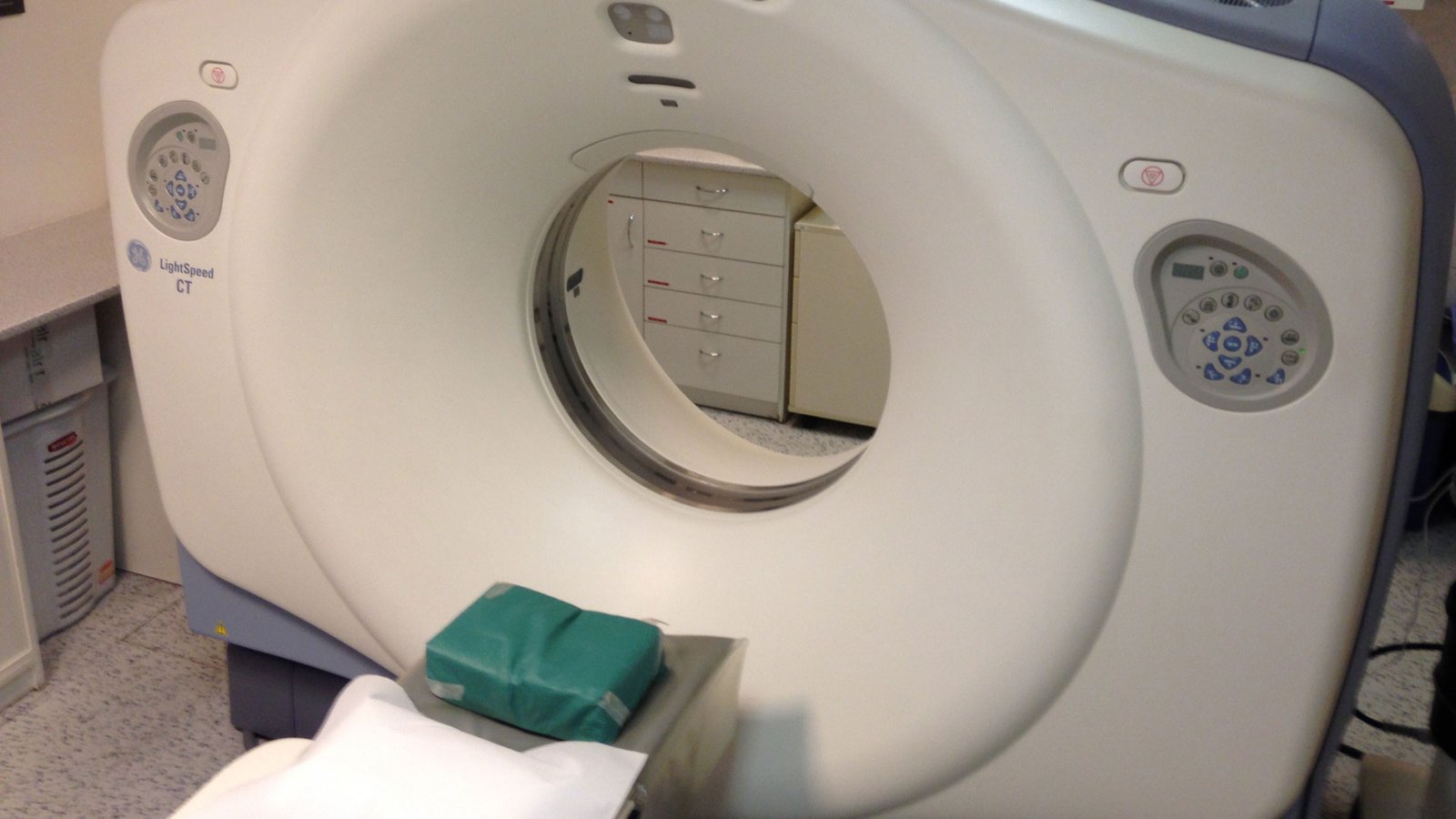Magnetic Resonance Imaging or MRI is a medical imaging technique which uses magnetic waves and radio waves together and form images of patient’s internal organs. These images are of the anatomical and physiological processes of the body. The MRI machine has predetermined strength magnetic field which it emits to perform the scan. The machine exposes the patient’s body to magnetic waves and the ions and particles of the patient’s body react by emitting radio waves.
The waves, when combined together, create effects that highlight the internal organs and creates images. Those images are diagnosed by doctors to find any abnormality of the patient’s body. MRI is a medical application of NMR- Nuclear Magnetic Resonance. MRI doesn’t involve X-ray and this makes it different from CT, PET, and CAT scans. There are two types of MRIs- open MRI and closed MRI. We discuss their differences below.
Closed MRI
In Closed MRI, patients are laid down inside a capsule-like space and the MRI machine then sends large magnetic and radio waves that send and receive signals from the patient’s body. After receiving those signals, the computer attached to the machine creates images and these images are very detailed that help doctors make an educated diagnosis. A closed MRI offers more solutions than an Open MRI and they offer quick scanning.
Since closed MRIs have strong magnetic field, it can identify conditions like fibrocartilage lesions, hepatic metastases, lesions very quickly. Closed MRIs have some disadvantages as well. The patient has to lie still inside a tube and may feel claustrophobic. It’s a problematic space for people who are overweight and closed MRIs are quite loud; patients may hear banging noises that can make them anxious.
Open MRI
Instead of closed tube-like space, in open MRI machine, the MRI machine uses a magnetic bottom and top where all four sides are open. This is excellent for people with anxiety issues or who are claustrophobic. Open MRIs are less enclosed than closed ones and they are quieter, too. They are more child-friendly and cause fewer side effects. But since their magnets are not as strong as the closed ones, they produce a bit lower quality images. They aren’t ideal for every kind of body since they can’t take images of all the parts. They also take longer to scan.
Conclusion
MRI, since its advent, has been a very reliable tool to study the internals of the patients. MRIs are very useful to study brain diseases, MSK, ENT, spinal problems, cancer, etc. Closed MRI is the most common choice among both patients and doctors. But some people are claustrophobic and they dread being awake inside a machine that creates a magnetic field around their bodies. Overweight people have problems getting closed MRIs, too.
This is why they usually want an open MRI. But these shouldn’t be the only problems one should go for an open MRI, this is why it’s important to learn the difference between the two types. But choosing which type of MRI to get shouldn’t be dependent solely on the patient’s decision. The patient must talk with his/her doctor about the issues and come to a conclusion.

Leave a Reply